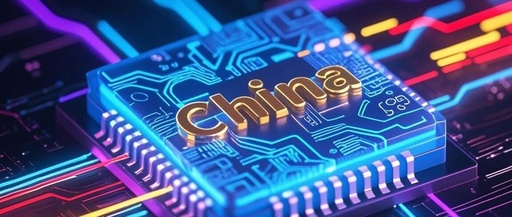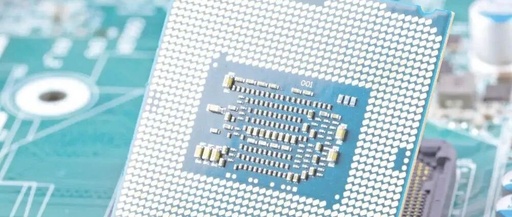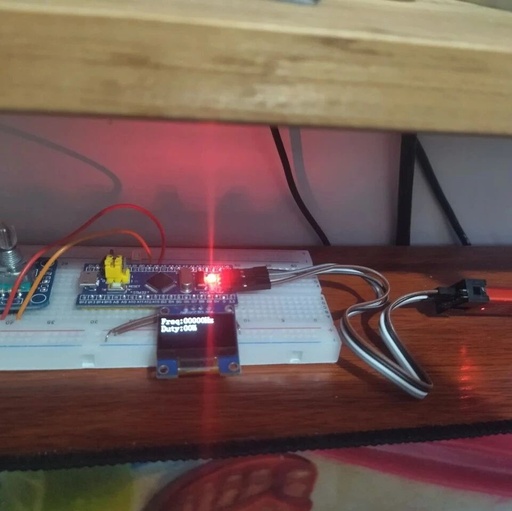Top 10 Fastest Growing Companies in the Semiconductor Industry (Q1 2025)
The first quarter of 2025 is extraordinary. Amid escalating tensions in US-China relations, the tariff war is in full swing, and China has also introduced a series of targeted policies in response, with calls for domestic substitution and self-control surging like a tide. This has led to an acceleration in the global semiconductor industry reshuffle, … Read more









